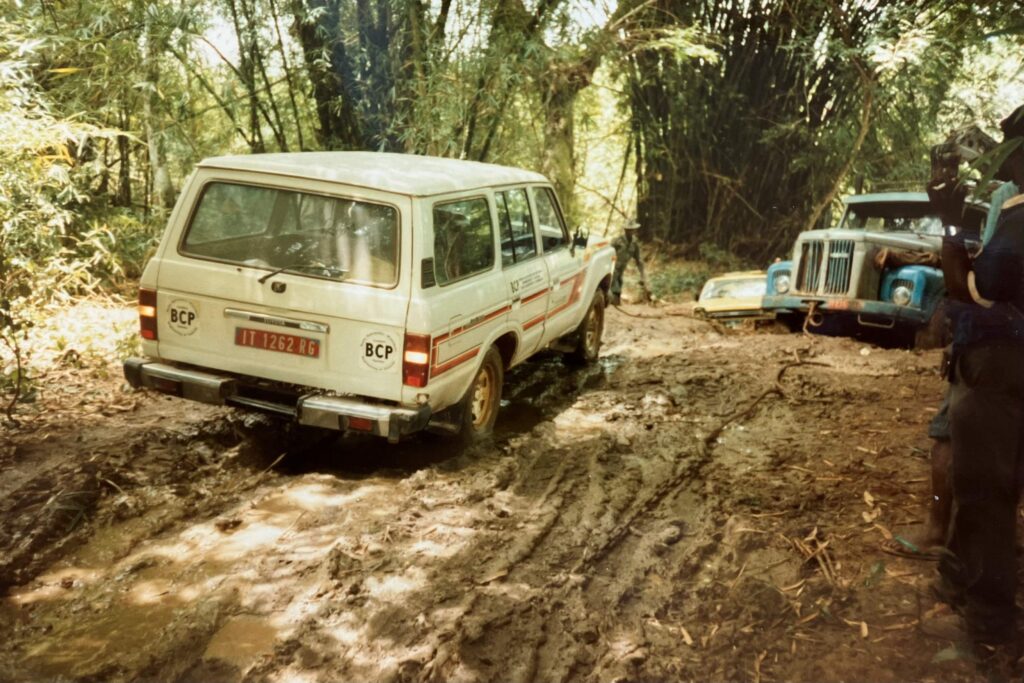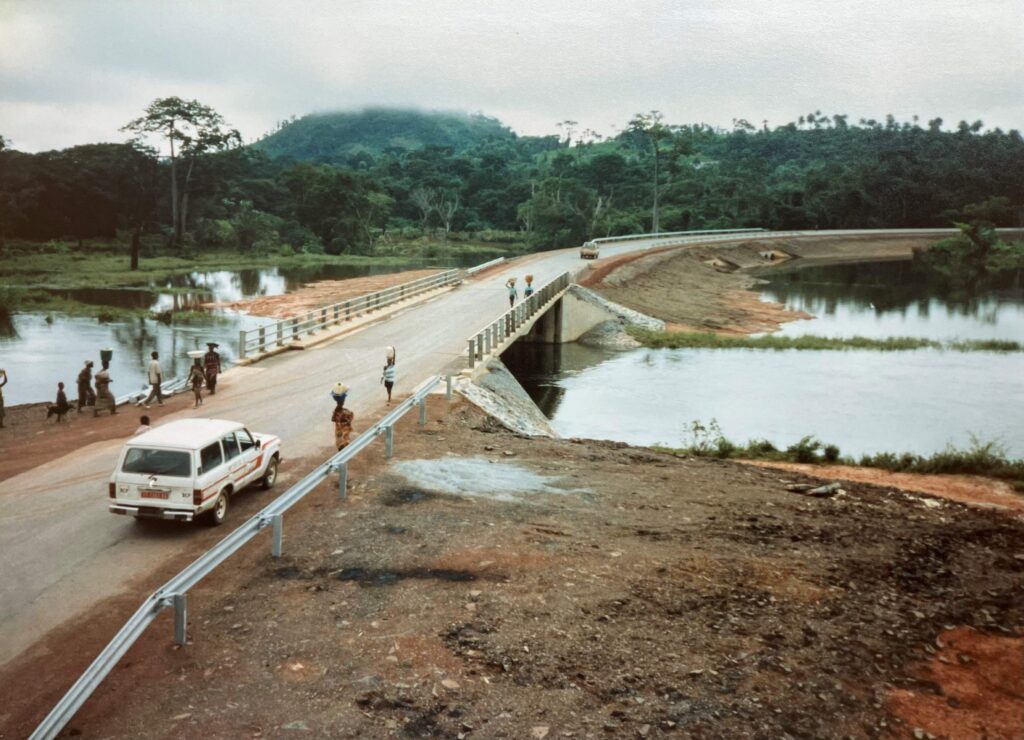People Spotlight: Meet Phil Wayles
Our People Spotlight series gives you an inside look at our technical experts around the world. This week, we are highlighting a technical director from our Transportation business line in Europe and India and providing an insight into his inspiration and work.
Based in St. Albans, England, Phil Wayles has been with AECOM for over 38 years, originally joining as a graduate civil engineer at one of our legacy companies. Phil is a project director on National Highways major projects, a program manager for AlUla Lead Design Infrastructure and leads the contractors program for surface transportation, aviation and ports. His role is to strengthen relationships and develop the pipeline of opportunities with our contractor partners. He has also led the delivery of major highways projects and development infrastructure planning and design work in the UK, Republic of Guinea in West Africa, and Poland.
Tell us about what inspired you to join the industry.
I’ve always been interested in designing and making things. At school, one of my favourite lessons was woodworking; I always enjoyed the process of taking something from a simple idea to a tangible product. This interest worked hand in hand with the fact that my dad was a mechanical engineer who got to work on several international projects. I liked the idea of getting to combine my passion for creating things with my desire to travel.
Whilst studying civil engineering at the University of Leeds, I got the chance to do some summer work constructing the Devonshire Dock Hall, a shipbuilding and assembly complex in Barrow-in-Furness, which was famous for building nuclear submarines. Working on a large-scale civil engineering site confirmed to me that it was the line of work I wanted to pursue, and AECOM allowed me to do this on an international scale.
I’ve always been interested in designing and making things. At school, one of my favourite lessons was woodworking; I always enjoyed the process of taking something from a simple idea to a tangible product.”
What is your favourite AECOM project that you’ve worked on and why?
The standout project I’ve worked on is the A428 Black Cat to Caxton Gibbet. This is the biggest road project currently being built in the United Kingdom.
The A428 is the only section of single carriageway between Milton Keynes and Cambridge. Road users are subject to low speeds, delays and congestion — particularly at the A1/A421 Black Cat roundabout, Caxton Gibbet Junction and the numerous side roads, leading to regular incidents and self-diverting traffic on local roads. Currently, 23,500 vehicles travel daily between Cambridge Road and Caxton Gibbet. With local growth, this is expected to rise to 33,000 by 2040 and 46,000 by 2038, doubling the intended traffic volume.
Working as the project director, my role was to lead our large multidisciplinary team through the preliminary design phase and secure the Development Consent Order (DCO). The key to the smooth delivery of the project was the collaborative approach adopted by all partners, which gave people the chance to speak up about challenges and present solutions in an open setting. This approach was invaluable due to the challenges presented by the sheer scale of the work. The stretch of road is over 10 miles long with a river and flood plain crossing, many other bridges and three large junctions, all of which required specialist advice. These challenges led us to collaborate with Skanska and other tier 2 contractors to get their expert opinions and inputs on the design, which gave more assurance to the client and customers.
The local communities will benefit from improved and more reliable journey times, better access to train stations, and safer routes for pedestrians, cyclists, horse riders, and people with disabilities. Traffic will be reduced on local roads and villages, and environmental mitigation efforts will address cultural heritage, air quality, noise, ecology, and landscaping, aiming for net zero. Legacy funds will support local initiatives, projects, and community groups, while providing work for local people and supporting STEM education and school projects.
The project has had a massive positive legacy, not only for the communities, who we reached out to through the innovative use of digital solutions such as virtual consultation rooms to get a more diverse population of local people involved — and a Minecraft flythrough for our younger participants — but also internally, as we received great feedback from AECOM employees. Many colleagues reported it being the best project they ever worked on.
Working as the project director, my role was to lead our large multidisciplinary team through the preliminary design phase and secure the Development Consent Order (DCO). The key to the smooth delivery of the project was the collaborative approach adopted by all partners, which gave people the chance to speak up about challenges and present solutions in an open setting.”


Tell us a story of how your work positively impacted the community.
In the late 1980s, I got the chance to go to the Republic of Guinea in West Africa to work on a new road project, upgrading part of the main route between the country’s two largest cities. This involved a 128-kilometer stretch of rural road to connect Guéckédou to Sérédou, which would improve connectivity for local people and provide greater opportunities to sell produce and products.
Once complete, the travel time was reduced from two weeks to two hours! This became the catalyst for further development and economic growth for the area. The project was very exciting to me. Getting the chance to project manage an international project at just 25 was the realisation of the dream I’d been working towards — although I didn’t imagine I’d be celebrating my 25th birthday surrounded by snakes! The project also proved invaluable for my career as it allowed me to experience different cultures and work with foreign contractors in a difficult remote setting.
In the late 1980s, I got the chance to go to the Republic of Guinea in West Africa to work on a new road project, upgrading part of the main route between the country’s two largest cities. Once complete, the travel time was reduced from two weeks to two hours! This became the catalyst for further development and economic growth for the area. The project was very exciting to me.”




Share a piece of career advice.
As made evident by my own career experience, this industry offers a variety of unique opportunities. Grasp opportunities presented to you and don’t be afraid to reach out to colleagues who may have more experience than you for support and guidance. Equally, I think it’s very important to give back to others through mentoring and buddy systems to allow the next generation of engineers to develop their skills. I also think that it’s important to make sure that you are constantly setting new goals for yourself to ensure that you are continuously learning.






